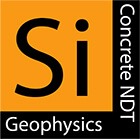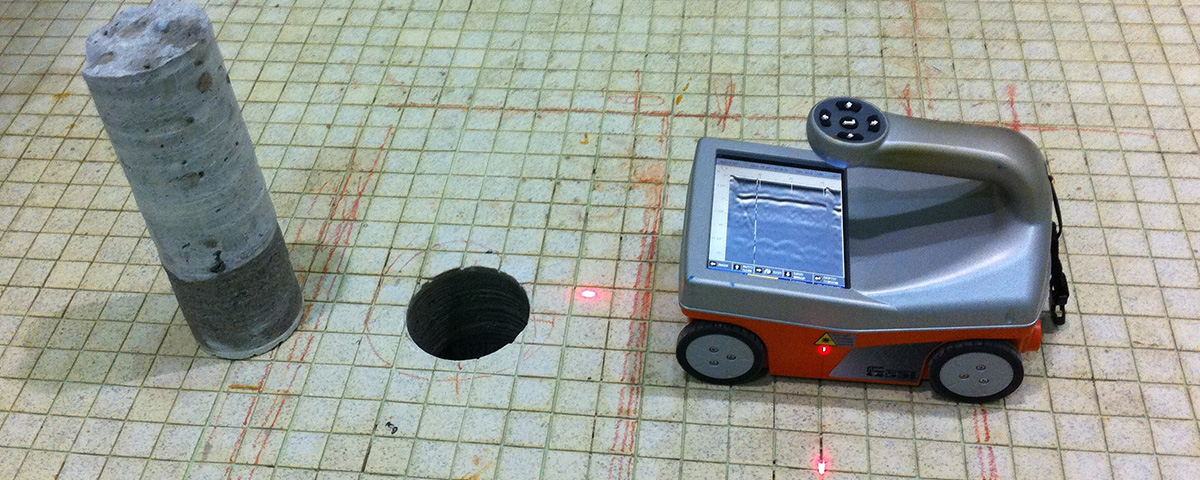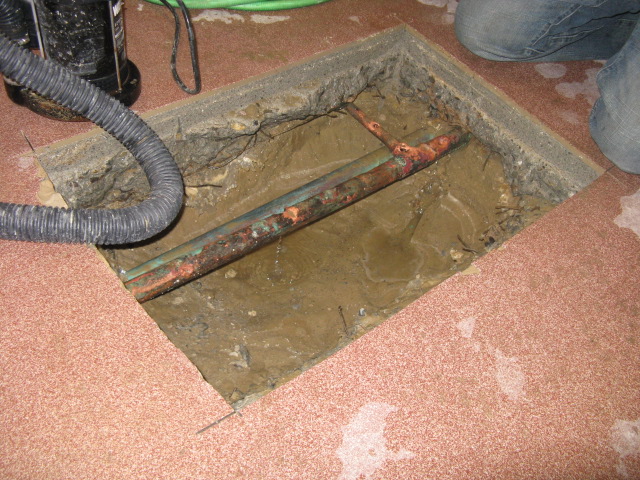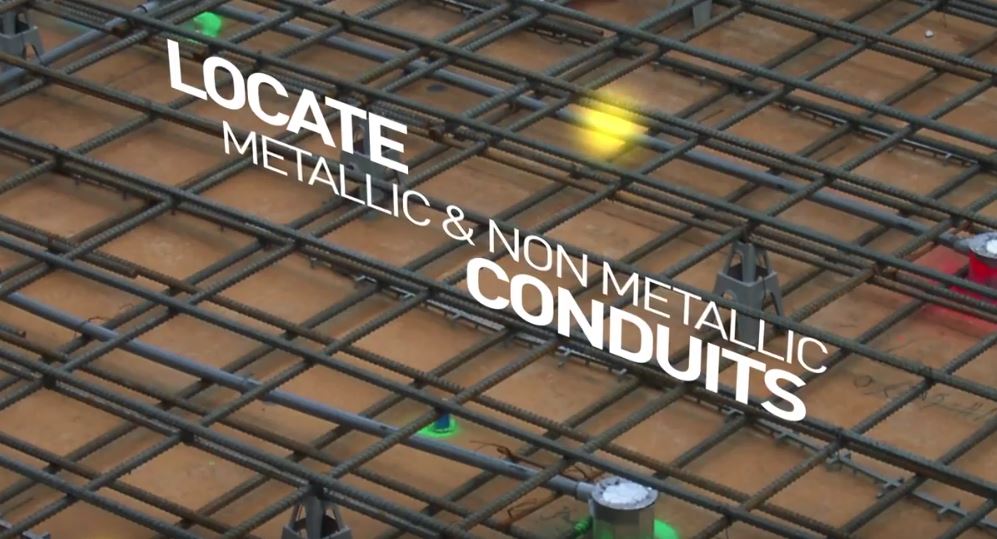Safety of personnel and undisrupted functionality of services in a building (Power, communications, water, gas) are top priorities. More still, the legislative requirements (AS5488-2013 Subsurface Engineering Standard) for pre-work risk management and requirements of penetration permits prior to cutting or coring concrete are designed to eliminate safety incidents, and unforeseen financial loss / reputation damage associated with damaged services.
We provide 24 hours concrete scanning for small, medium and large projects, in accordance to (AS5488-2013 Subsurface Engineering Standard), for various applications including: Coring, cutting, plumbing, electrical, machinery installation, loading modification engineering assessments.
Benefits
Profit Safety and Risk Management
- Personnel safety and incident-free working
- Avoid service interruptions and down-time losses
- Avoid financial loss due to damaged services and repair costs
- Preserve structural integrity (post-tension)
- Scanning = Better planning of coring job
Method
In accordance to ASTM D6432 ASTM D6431 and (AS5488-2013 Standard procedure, we use either 1.6GHz or 2.3GHz GSSI Mini /Structural Scan XT high-frequency pulse radar (GPR) systems based on radio waves and electromagnetic technology to generate accurate high-resolution images of concrete, which typically include:
- Reinforcement (top and bottom)
- Services in concrete (Power, Water, Gas, Data cables)
- Non-conductive services (PVC)
- Post-tension
- Slab thickness and Cover
Electromagnetic Induction (EMI)
Concrete slabs may contain metallic and non-metallic services e.g. PVC conduits. Depending on size and depth of target, GPR may miss detection of PVC and small non-conductive objects. In addition to GPR, we utilise Electromagnetic induction (EMI) techniques using a transmitter (Tx) / receiver (Rx), tracing wire rods, Sondes for active locating or passive locating of all services including: Live, dead, inactive, metallic or non-conductive.





